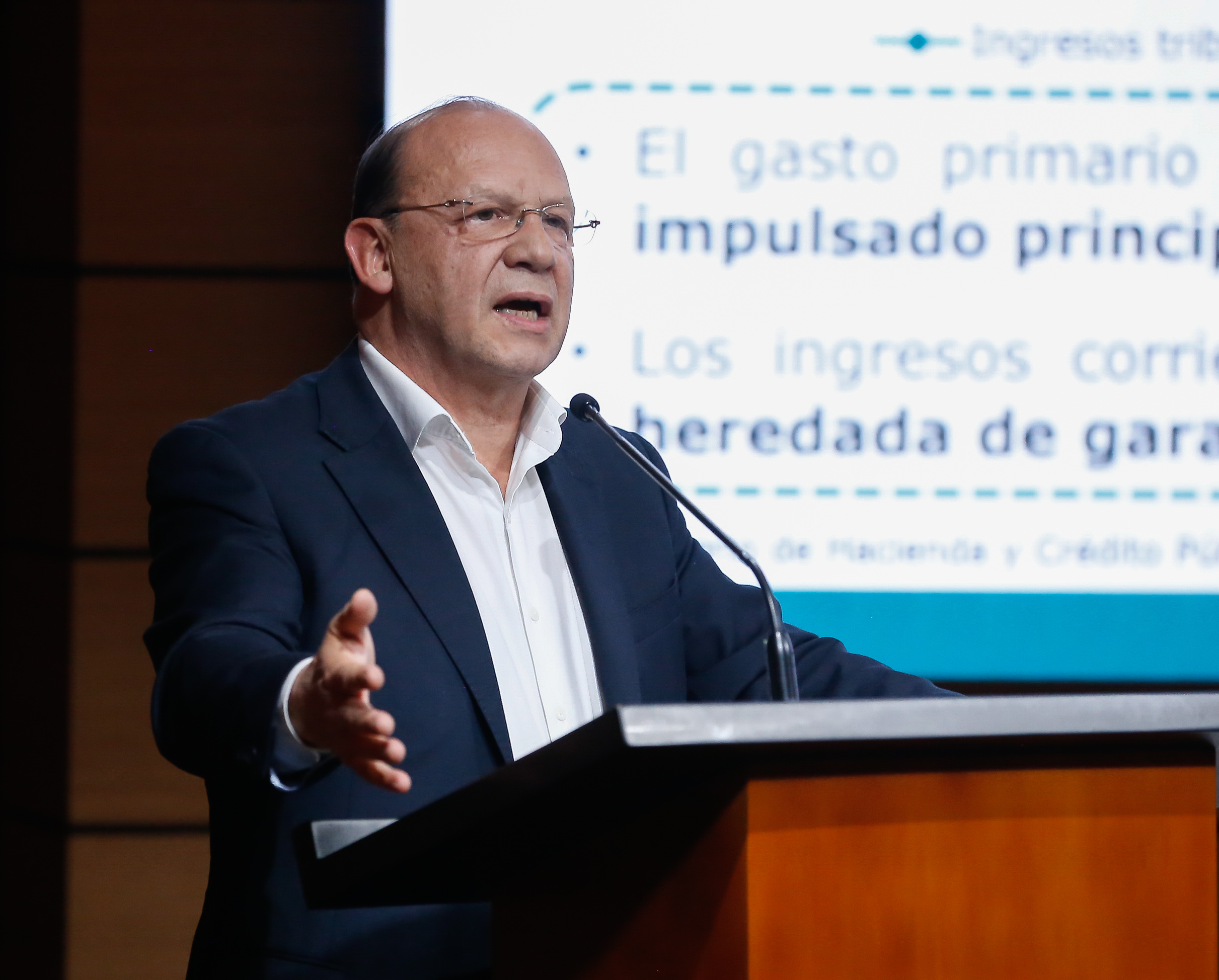The government's treasury is reduced to 6.5 trillion pesos, the lowest level in history.

According to Banco de Bogotá's economic research team, this new cash level, which is the lowest in history, reflects imbalances in budget execution. The shortage of liquid resources occurs while the government is advancing debt management operations to mitigate the impact of the fiscal deficit following the suspension of the fiscal rule.
Camilo Pérez, head of the economic team at Banco de Bogotá, explained that the decrease in cash could be due to either a delay in income or an increase in spending.
"So what could be happening, if the latest cash flow data is already available amid these operations, is that cash flow remains low because they are spending the money on buying TES," the analyst noted.
Tax collection falls short of fiscal framework targets
As of May, accumulated tax collections totaled $127.28 billion, according to the DIAN. Although this figure is higher than the 2024 figure, it is $5.6 trillion below the path projected in the Medium-Term Fiscal Framework (MFMP), according to calculations by Corficolombiana.
By type of tax, the largest contributors have been:
- Withholding tax on income: $40.97 billion (32.2%)
- Sales tax (VAT): $31.16 billion (24.5%)
In May, total revenue reached $32.7 billion, a year-over-year increase of 7.6%. The most notable increase was in external taxes, with a positive variation of 31.6 percent.

The Dian managed to collect $72.14 billion pesos in the first quarter of 2025. Photo: iStock / Dian
During the presentation of the MFMP, Public Credit Director Javier Cuéllar stated that, despite the current situation, the government's treasury could recover and close the year with a balance close to 20 trillion pesos. He explained that the Executive Branch plans to continue with debt management strategies to avoid liquidity problems, as occurred in 2024, when the balance fell below 2 trillion pesos.
Even so, fiscal commitments remain. The implementation of the new pension system, with its transfers to the solidarity pillar, will entail increases in state expenditures. Added to this are other budgetary inflexibilities associated with social programs and territorial transfers.

A press conference on the Medium-Term Fiscal Framework was held at the Ministry of Finance. Photo: Nestor Gomez
The Ministry of Finance's recent strategy includes swaps of Class B Treasury Bonds (TES), such as the July 8 transaction, which seeks to extend debt maturities and improve the portfolio profile. In this type of swap, the Government offers TES bonds with longer maturities (up to 2040) in exchange for bonds close to maturity (2026).
However, this type of transaction can also impact immediate cash availability, analysts warn, given that part of the liquid resources are used for buybacks or debt offset transactions.
The fiscal deficit accumulated through April 2025 was already 0.8 percentage points higher than the same period in 2024. This situation complicates the State's ability to make new investments, while also restricting the possibility of implementing fiscal expansions.
The Bank of the Republic's most recent minutes also warned that fiscal deterioration reduces the scope for lowering interest rates , as a high-deficit environment can fuel inflation or increase the country risk premium.
More newsREAD ALSO

eltiempo





